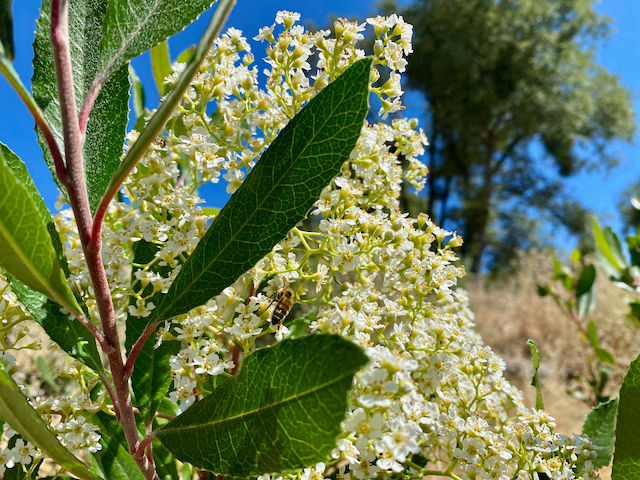Eradication?
- Sean Kriletich
- Aug 2, 2022
- 2 min read
Updated: Dec 8, 2022
In the darkness of this early autumn morning an email arrives from my beekeeper mate Tom in Australia with alarming news of honeybee colony eradication in New South Wales in response to a varroa mite infestation. https://www.dpi.nsw.gov.au/emergencies/biosecurity/current-situation/varroa-mite-emergency-response
In late June, varroa mites, one of the most destructive pests in honeybee populations worldwide, were detected in New South Wales, Australia. The continent was previously largely free of the pest. The government’s first response has been to eradicate all managed honeybee hives within a 10 kilometer/5 mile radius of any infected site. The honey, wax and pollen products are also being destroyed in an effort to “halt the infestation.” Next, they have moved on to eradicate feral colonies of honeybees in the same zone using pesticide bait stations that are “designed to only attract and euthanize wild honeybees… with a very low risk that some native bees may be affected”.
As I digest the information about the emergency response that Tom has forwarded from the Department of Primary Industries, New South Wales, I reflect on my own experience of keeping honeybees as a child and returning to beekeeping as a young adult only to find that the varroa mite infestation in North America had made keeping bees much more difficult. Varroa mites are undoubtably a scourge, they not only maim developing bee larvae, but also spread other diseases, so to some degree I can understand the Australian government’s push towards eradication. However, that quickly fades when I recall that in my own beekeeping practice it was introducing the genetics of wild honeybees that enabled me to successfully combat varroa, as they had evolved to thrive despite the varroa mite. Researchers have found that bees with certain genes check their hives for mites and display a behavior known as varroa-sensitive hygiene, expelling infected larvae from the hive. So, the Australian response to destroy wild hives effectively removes a genetic trait that is a key to the survival of wild and commercial bee populations.
As the sun begins to rise on this autumn day, the news from Australian has left a bitter taste in my mouth. When will we humans, and the governments we have built, realize that no wall is high enough, no seal is tight enough, nor is any ocean vast enough to be a permanent barrier? Instead of treating Earth as a system of independent laboratories where pests can be excluded and contamination contained, it is time to realize that we live on an infinitely interconnected planet and let that inform our perspectives, actions, and reactions. Eradication is not, and has never been, an effective or sustainable strategy. Instead let’s recognize and learn from the infinite ability of all life to adapt and evolve in order to survive. The future starts now.





Comments